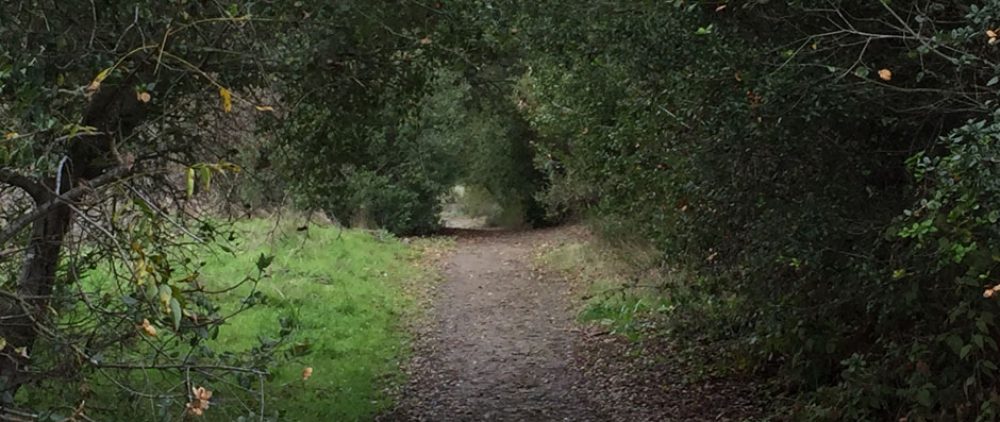
Near Dunker’s Church, Antietam. Photo by Alexander Gardner. Public domain.
One hundred and fifty years ago today, Union and Confederate forces clashed at Antietm Creek, near Sharpsburg, MD, in what remains the bloodiest day in American history. By sunset, 23,000 men lay dead or wounded. They fell in a cornfield, along a sunken road, and beside a stone bridge – places where George B. McClellan’s Army of the Potomac confronted Robert E. Lee’s Army of Northern Virginia in the latter’s first incursion into Union territory. Based on opposition to the war in the north, Lee assumed – perhaps correctly – that a southern victory in Union territory might push the Federal government to peace negotiations.
In one of those moments in history that seem providential in retrospect, on the morning of Sept 13, Corporal Barton W. Mitchell of the 27th Indiana Volunteers found a packet of three cigars wrapped in what proved to be a copy of Lee’s battle plan. Understanding the importance of his find, Corporal Barton sent the papers up through the ranks. Upon reading them, McClellan was gleeful and said, “Here is a paper with which, if I cannot whip Bobby Lee, I will be willing to go home.” He moved his army to intercept Lee near Sharpsburg.
Lee’s army of 55,000 was outnumbered 2-1, but the ever-cautious McClellan committed only 3/4 of his forces, allowing Lee to match him by shifting his own troops across the field as the advantage swung back and forth. There was no clear winner. After skirmishes throughout the following day, Lee withdrew from Maryland.
Lincoln fired McClellan for failing to pursue Lee, yet driving the southern troops from northern soil was victory enough for the president to release the Emancipation Proclamation. Lincoln had been waiting for a northern victory to free the slaves, so the move would not be interpreted as a sign of desperation. He had a long wait, for the south was largely unbeaten early in the war. Though abolitionists criticized Lincoln for delaying emancipation, Antietam marked the moment when the war became about something greater than simply preventing secession.
One other consequence of the battle was the publication of battlefield photographs by Alexander Gardner. Within a month of Antietam, civilians saw the price the soldiers were paying.

Confederate dead in the sunken road. Photo by Alexander Gardner. Public domain.
It’s always moving and worthwhile to remember the sacrifices earlier generations made in the name of ideals that underpin our way of life. Especially in our current election year, characterized in the media as full of divisiveness, when we remember Antietam, we can reflect how the nation has experienced and overcome divisions far deeper than any we see today.
If Gardner’s photos preserve the tragedy of the civil war, the following clip immortalizes resilience, strength, and hope. Taken in 1938, on the 75th anniversary of the Battle of Gettysburg, it shows veterans of the north and south meeting again at the wall on Cemetery Ridge – in a very different spirit than their first encounter.






